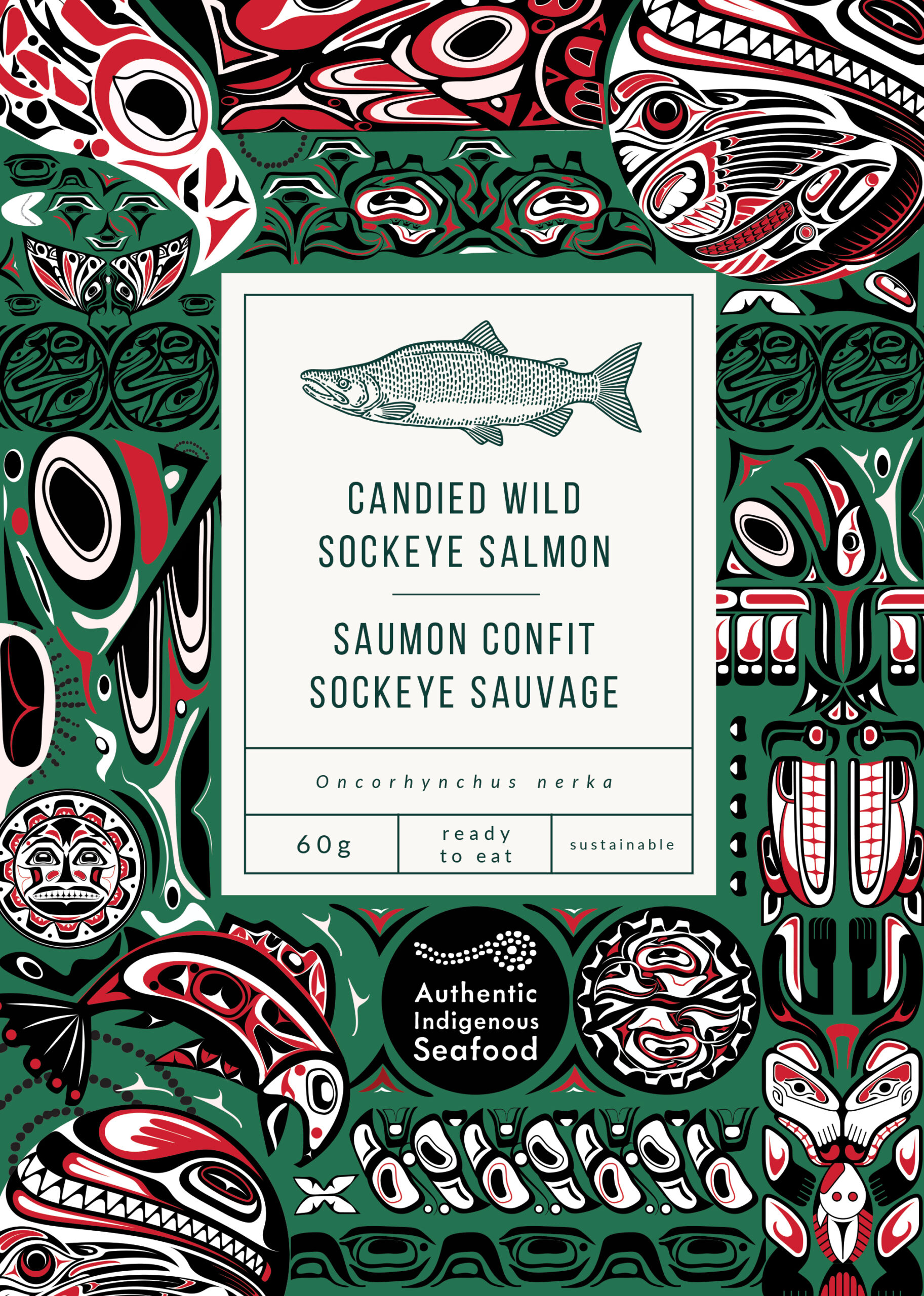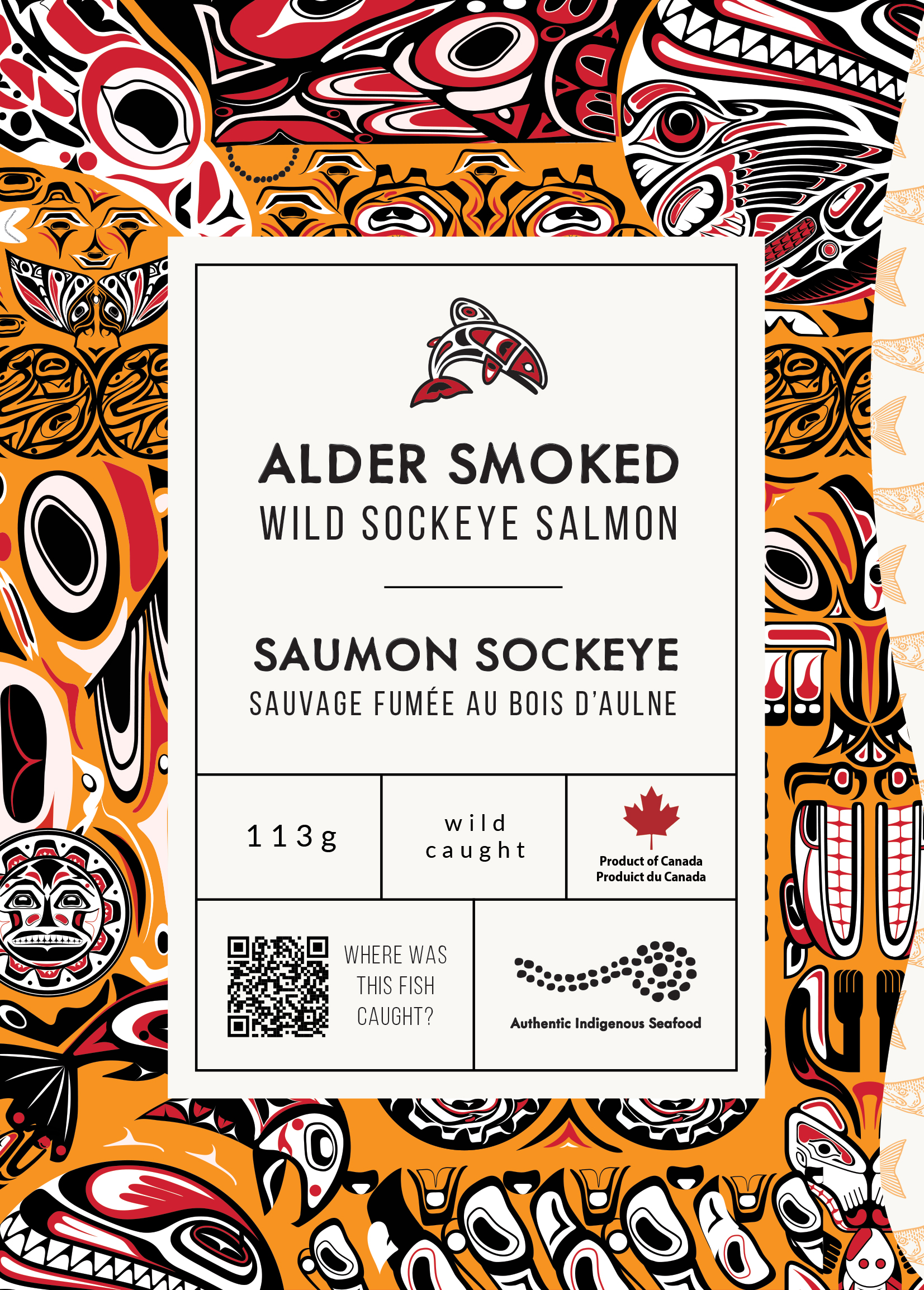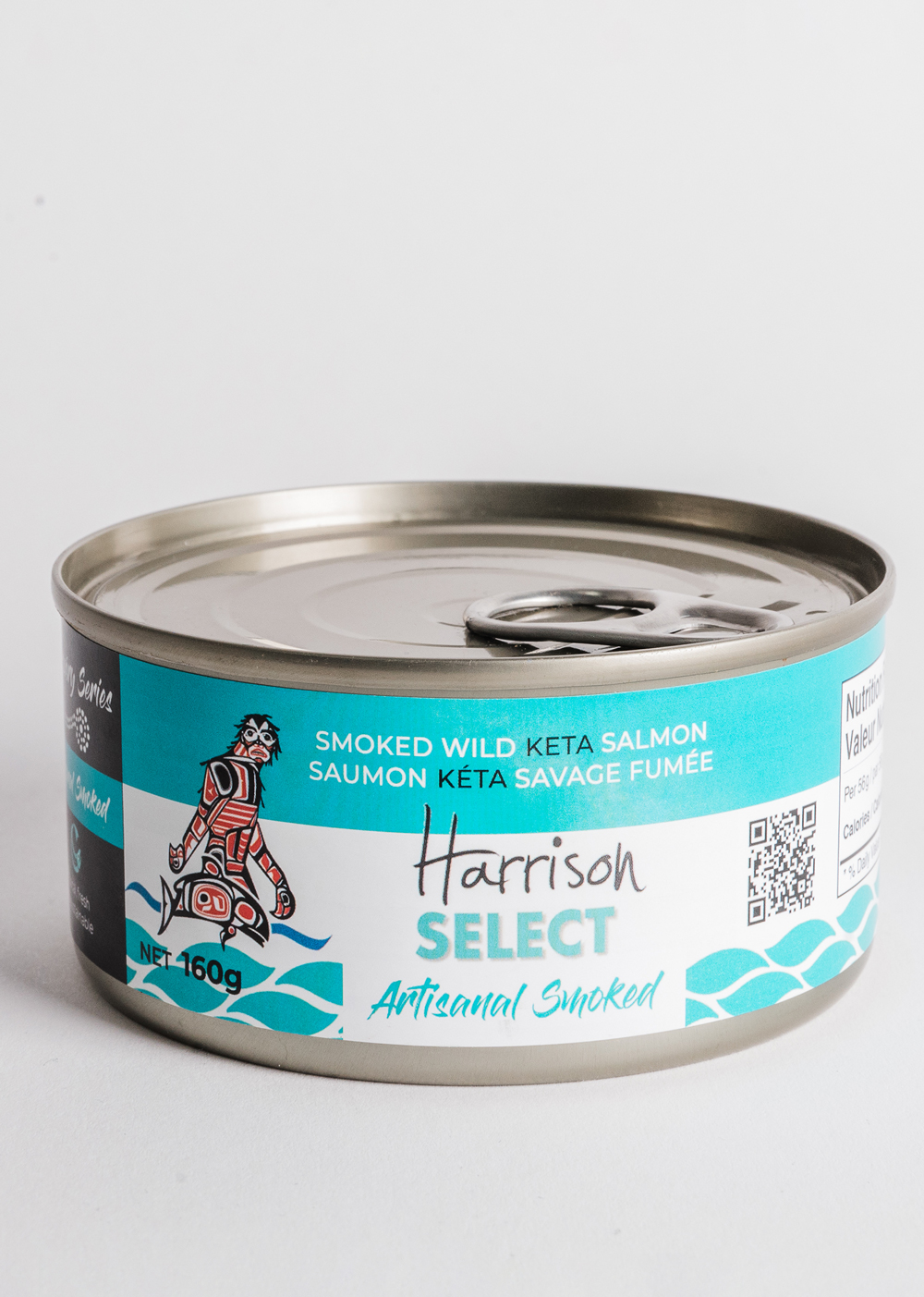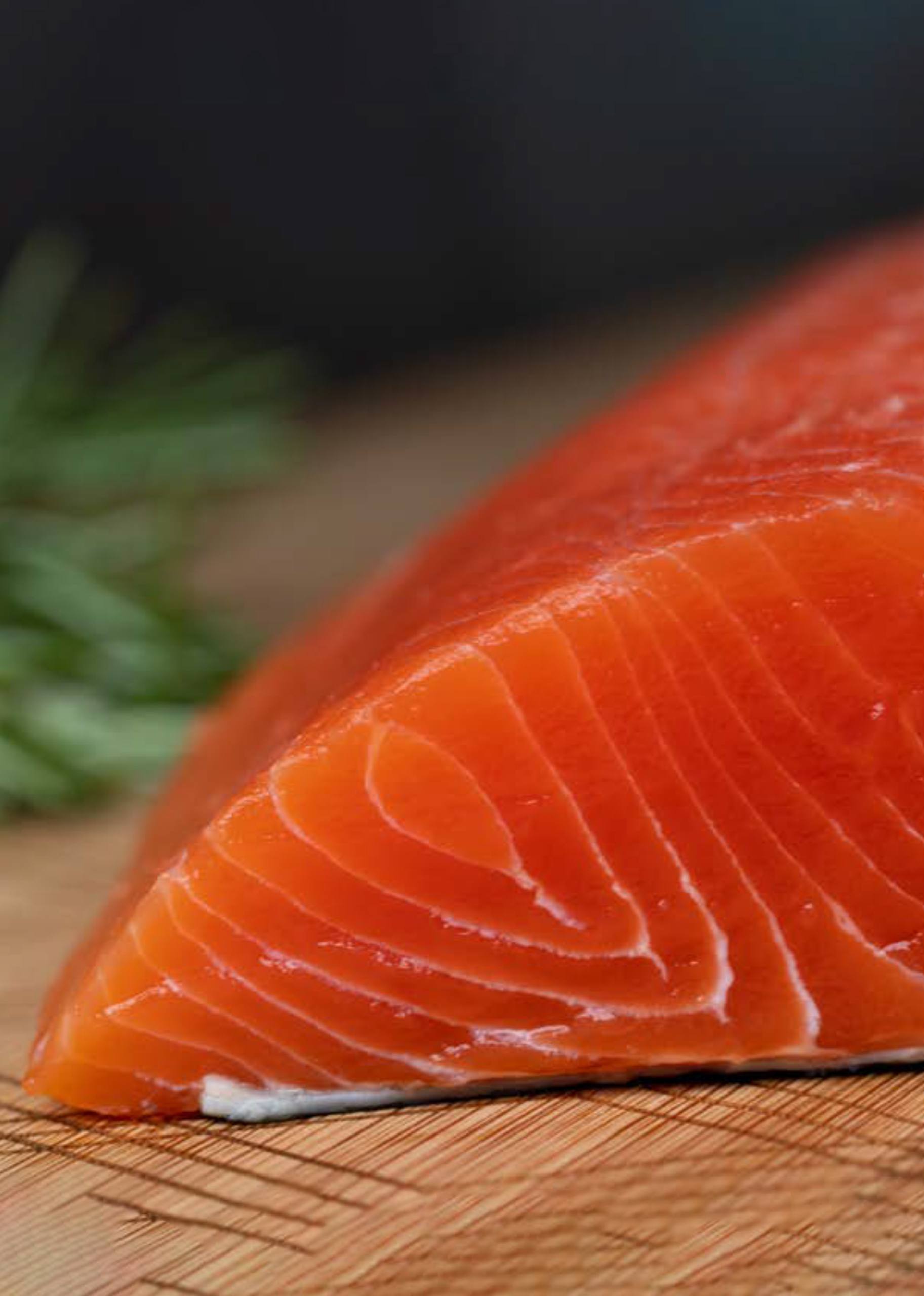Authentic Indigenous Seafood
Traceable Seafood from Indigenous-Owned Fisheries
As a conscious consumer, your experience with food expands beyond enjoying it on your plate. The flavour of your food matters—but so does how it’s been sourced, and where it’s been sourced from.
Sustainable, high-quality seafood not only tastes superior, but it also preserves the marine ecosystems that will feed our communities for generations to come.
I’m Interested In…
Whether we acknowledge it or not, we’re deeply connected to the sources of our food.
That’s why we’re proud to bring you seafood that has been ethically sourced from Indigenous-Owned Fisheries—because we know it matters to you.
Authentic Indigenous Seafood is proud to be conservation-forward. Our seafood is sourced from artisanal fisheries who, like you, focus on traceability, transparency, and conservation. We’re proud to show you where our sustainable seafood is sourced from.
Fostering Successful Fisheries and Food Security for All
Our products don’t just delight the palate—they also support local fishing communities and businesses that promote sustainable practices. Supporting Indigenous fisheries and watching them thrive elevates regional economic, cultural, and food security.
When our Indigenous-owned fisheries thrive, you get the seafood you deserve. Supporting our collaborative partners and fisheries is the obvious first choice because it means we all win.
Scan your QR code
Quality Seafood from Ethical and Sustainable Sources
Canada’s vast rivers, lakes, and oceans naturally offer some of the most high-quality seafood in the world. If you haven’t made a point of enjoying ethical Canadian seafood yet, we encourage you to tap into it by trying out our delicious products.
Whether you’re looking for smoked salmon, candied salmon, canned salmon, or retort salmon, the perfect addition to your plate awaits you.
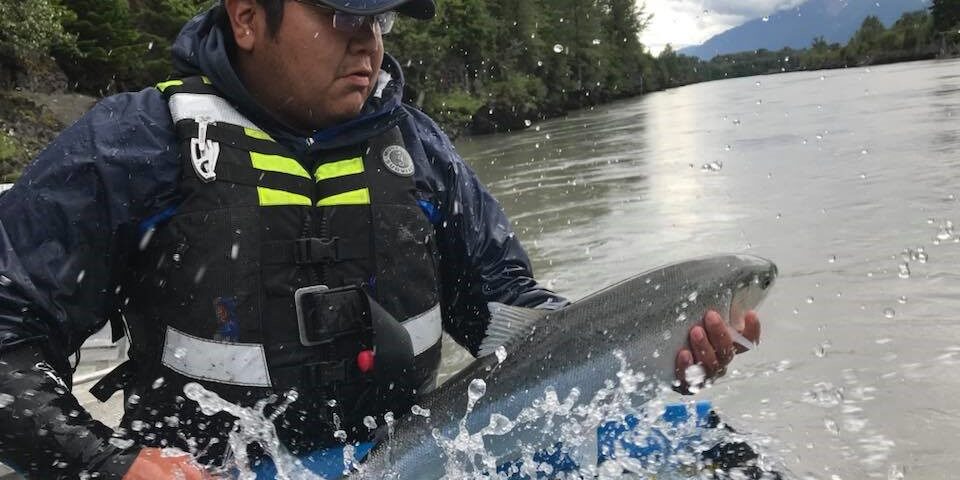
Elevate Your Seafood Experience—Feel Connected to Your Food
Love supporting Canadian fishing communities? Us too. We collaborate with Indigenous-owned businesses, working together to share their resources in local areas and beyond.
By working with these communities, we’re able to bring you great tasting seafood you’ll be excited to ask questions about. It also allows us to optimize the viability of these fisheries and partner in promoting their continued success.
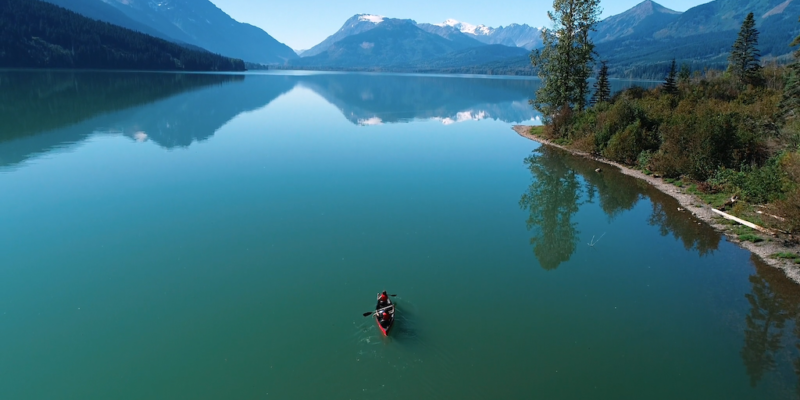
Find Fresh Info on Our Quality Seafood
Looking to take a deep dive on all things great seafood? You can find lots of information—including incredible recipes—on our blog. Head on over to our Education page and check out our latest posts.
Our Taste-Testers Know Best
Here’s what our customers are saying about their Authentic Indigenous Seafood experience…
Sustainable Seafood Market Cooperative
Welcome to our Sustainable Seafood Market Cooperative – a contemporary online auction-house for both producers and buyers of premium seafood, connecting the highest quality Pacific seafoods from British Columbia with discerning markets around the world.
Auction Registration
Get in Touch With Us
Have a question about our seafood? We’re all about providing transparent, clear answers. Contact the Authentic Indigenous Seafood team and ask about our process, practices, products, or pass along any other inquiry you may have.


